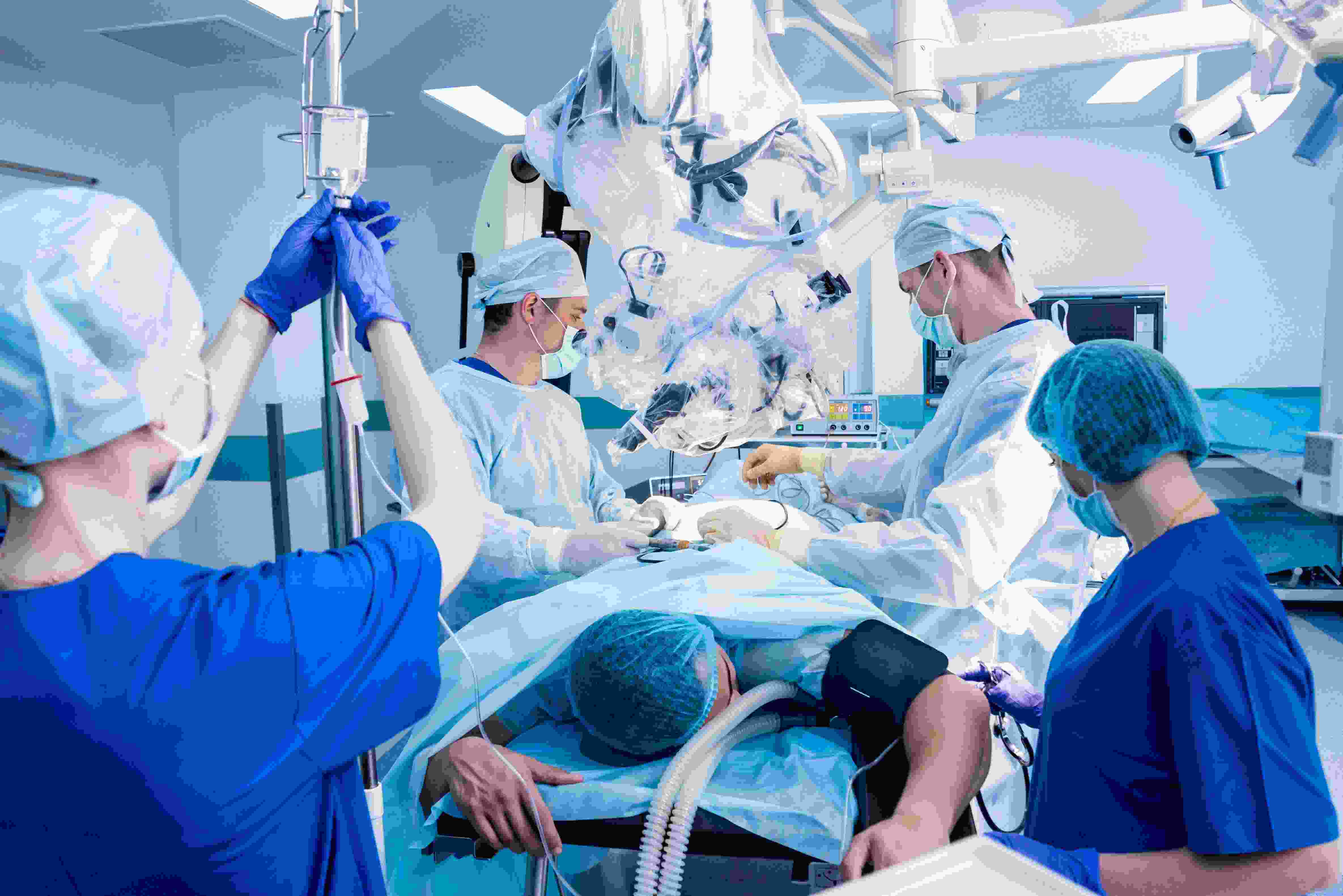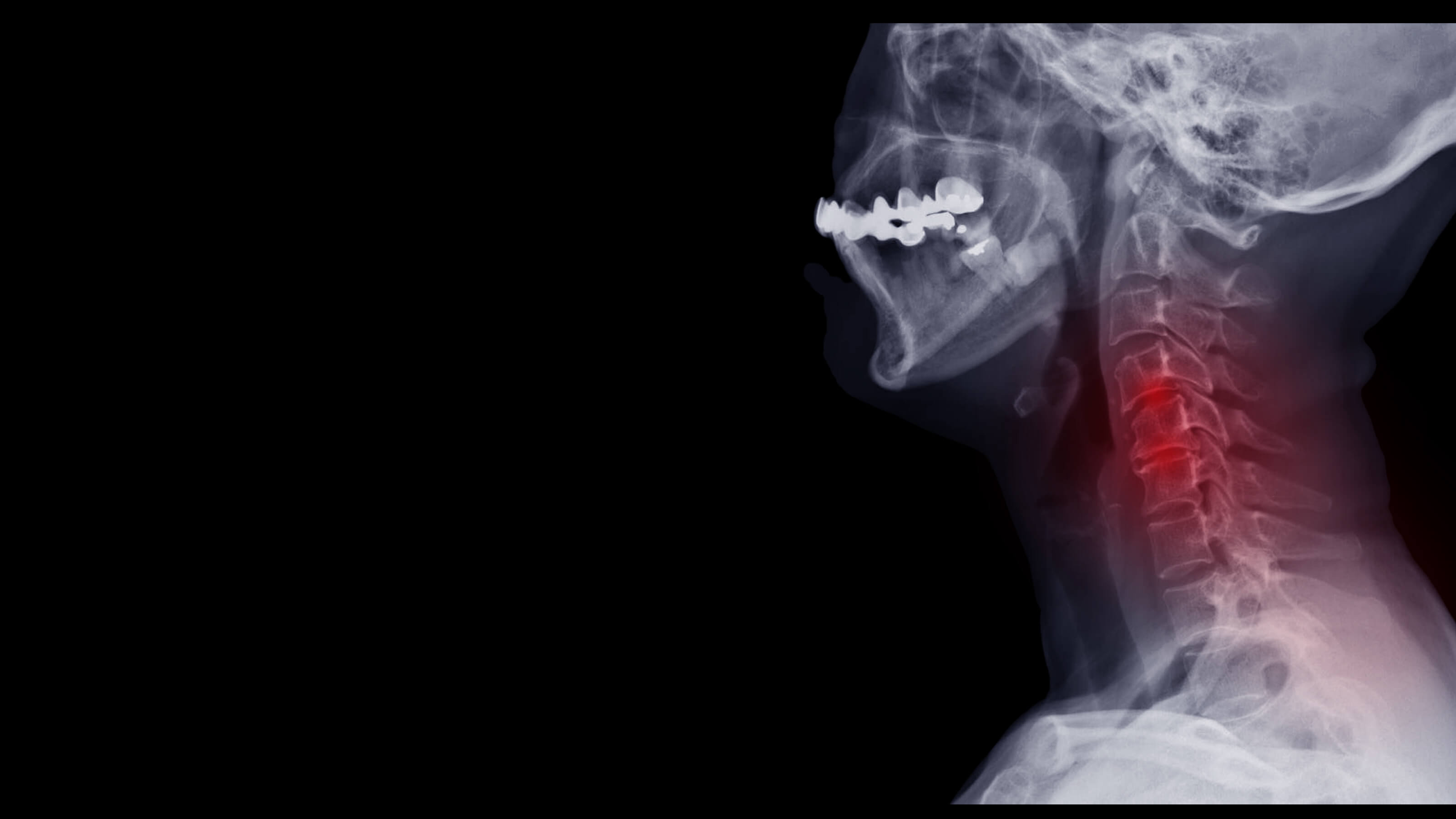Overview
Arthritis refers to inflammation of the joints of the spine, which can lead to pain, stiffness, and limited mobility. The condition can present with different types of arthritis, including osteoarthritis, rheumatoid arthritis, and ankylosing spondylitis. Although it can affect anyone, it is more common in older people. Dr. Irfan Malik at Mspine assisted in combating this condition.







